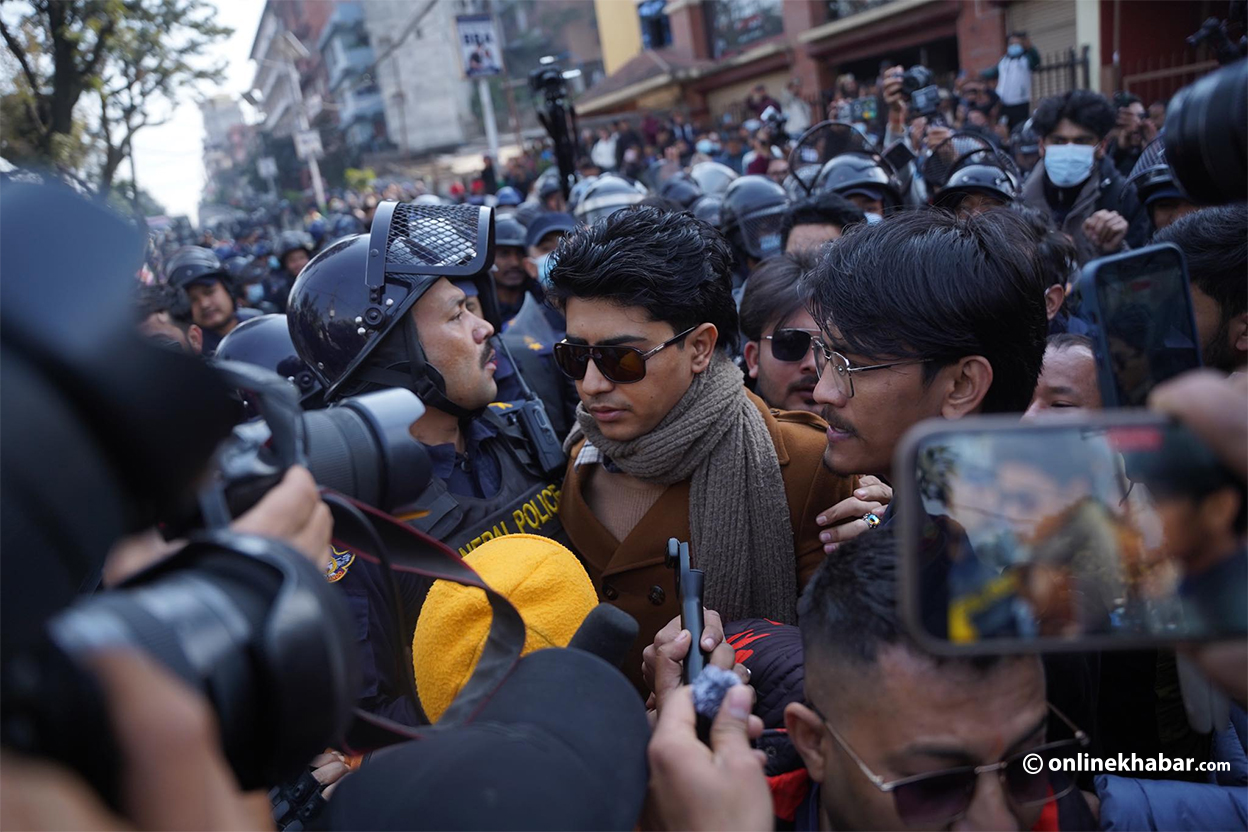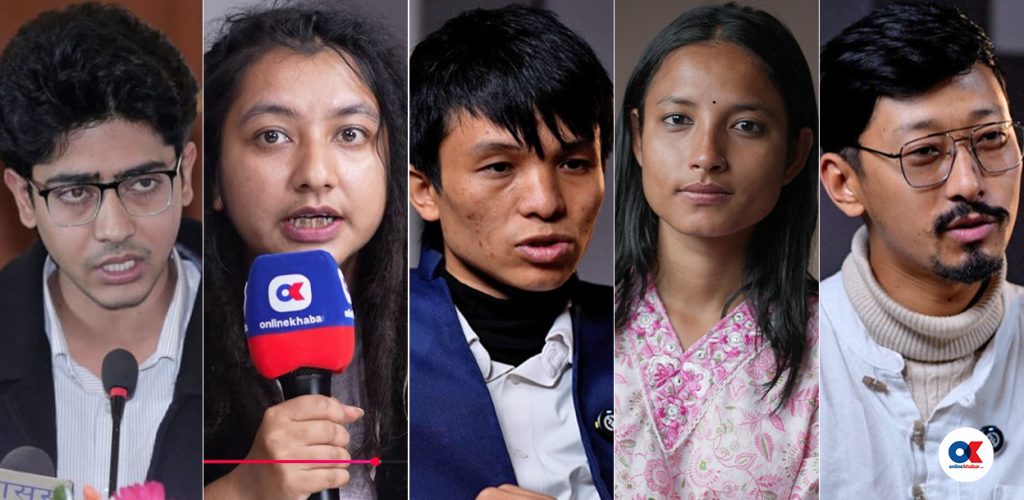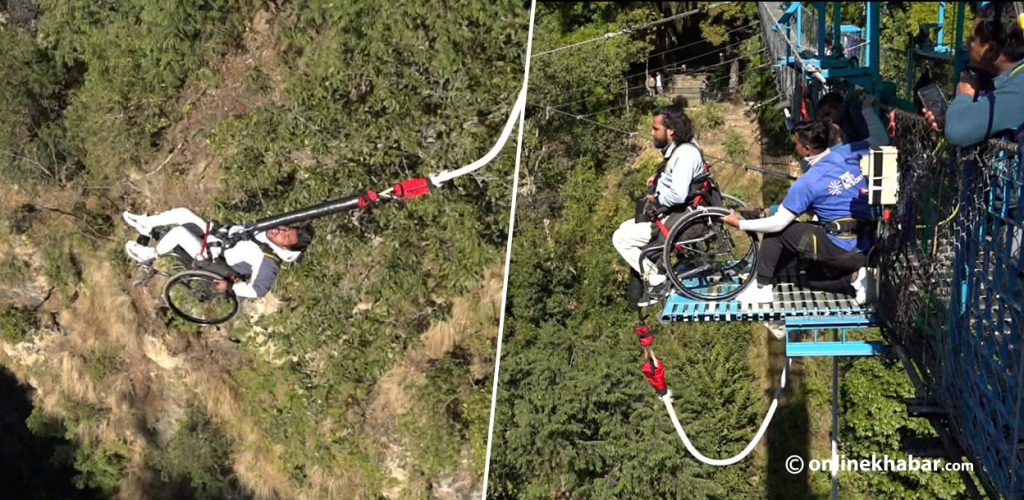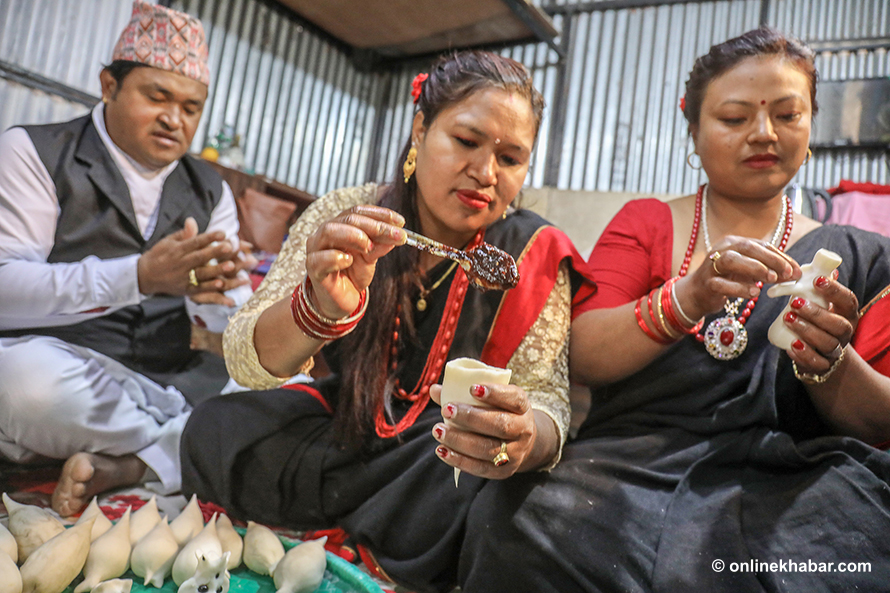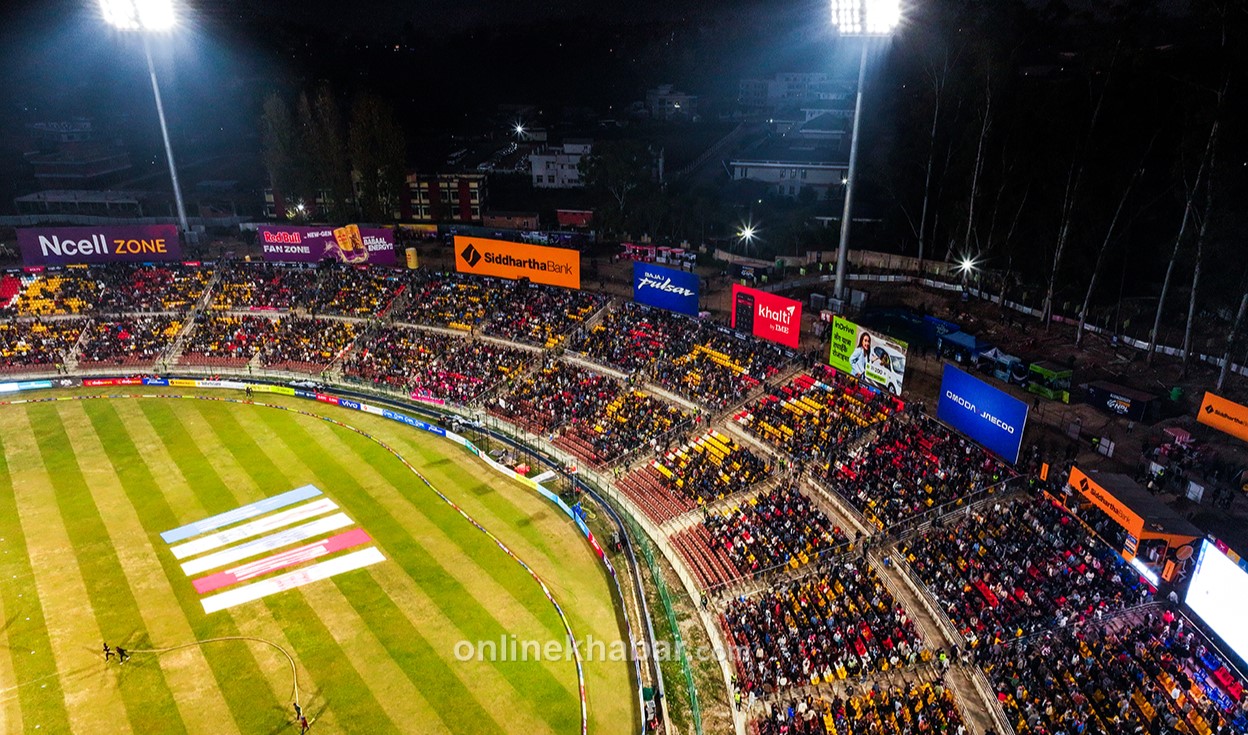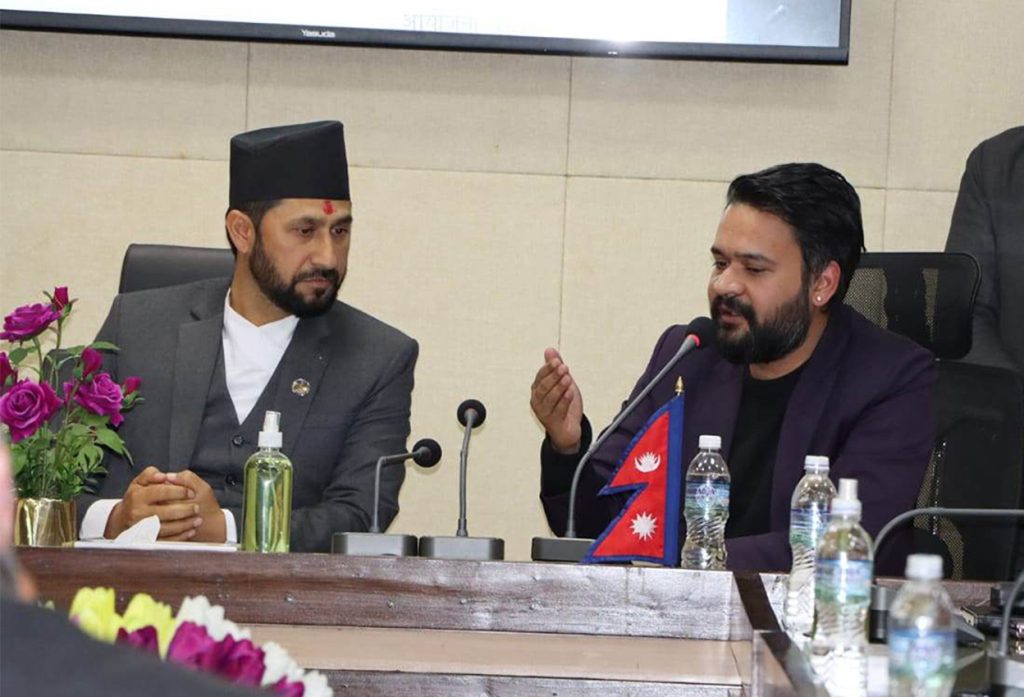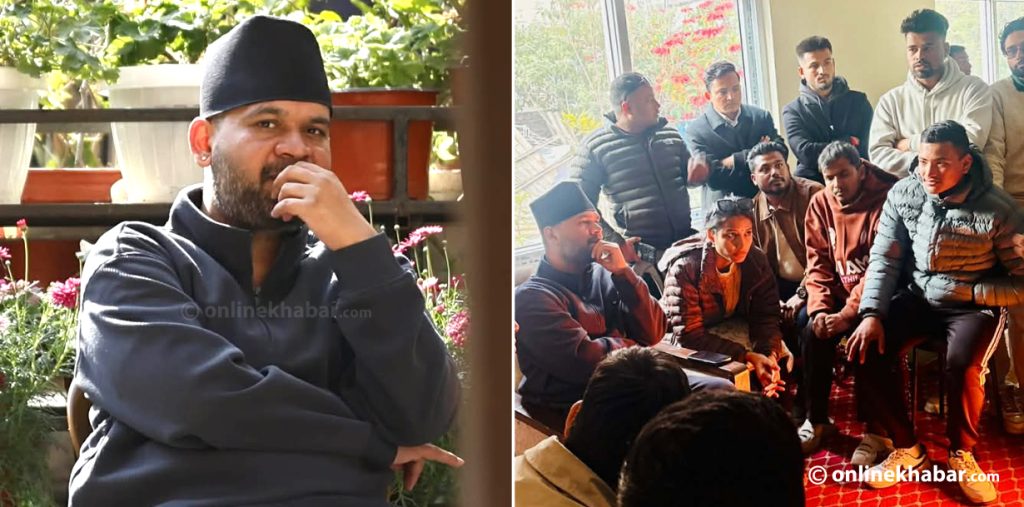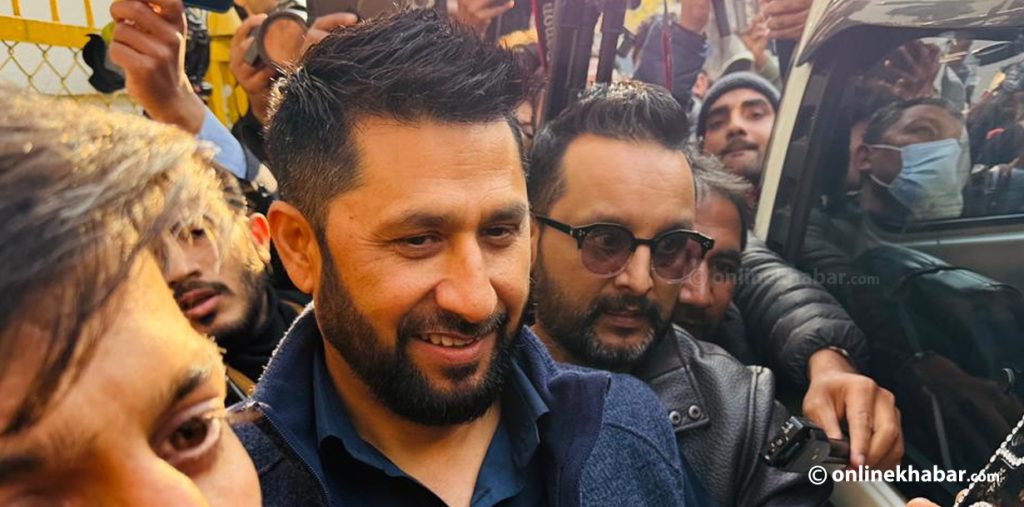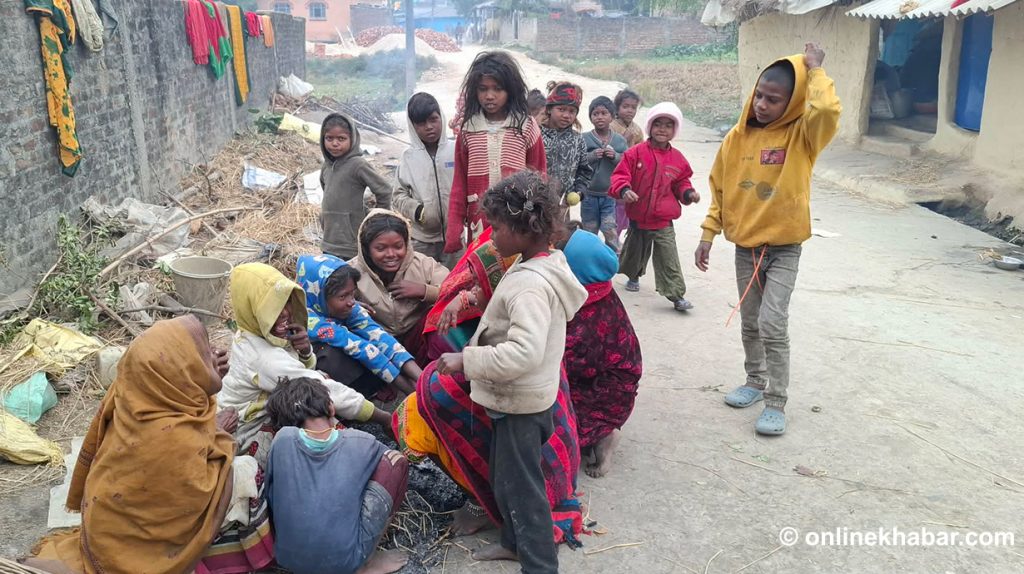
In a world where clothing once indicated respect, identity, and even success, dress codes are now being questioned everywhere. From the corporate boardrooms in New York to the university classrooms in remember-better-late-than-never Kathmandu, people are articulating the question: in a world of comfort and individual expression supplanting conformity, do we still live by a “code” of dress?
This question isn’t only about fashion. It is about values, culture, expression, and how personal freedom and social expectations can become a complex matter. While dress codes were once enforced severely and accepted socially around the world, we are witnessing a global cultural shift that is not only redefining “dressing appropriately” but even questioning the validity of rigid guidelines in the first place.
Let’s examine this evolution from a global and Nepali perspective.
The traditional purpose of dress codes
In the past, dress codes were not arbitrary. They developed it for a reason. Uniforms in schools provided a sense of equality and discipline. Dress codes in the workplace provide professionalism and credibility. Modesty in religious institutions provided a sign of respect and tradition. In many cultures and societies, clothing held symbolism. Clothing indicated social status, gender role, occupation, and even political affiliation. In some cultures, dress codes are ingrained in the structures that reinforce power dynamics and social hierarchy.
Countries around the world adopted dress codes in specific ways: business suits in the Western world, the sari and kurta in South Asia, the hijab in Islamic cultures, and blazers and uniforms in school systems. Clothing was a way to provide a semblance of order, and dressing “properly” was perceived to be a sign of dignity and upbringing.
The modern shift: Comfort, identity, and expression
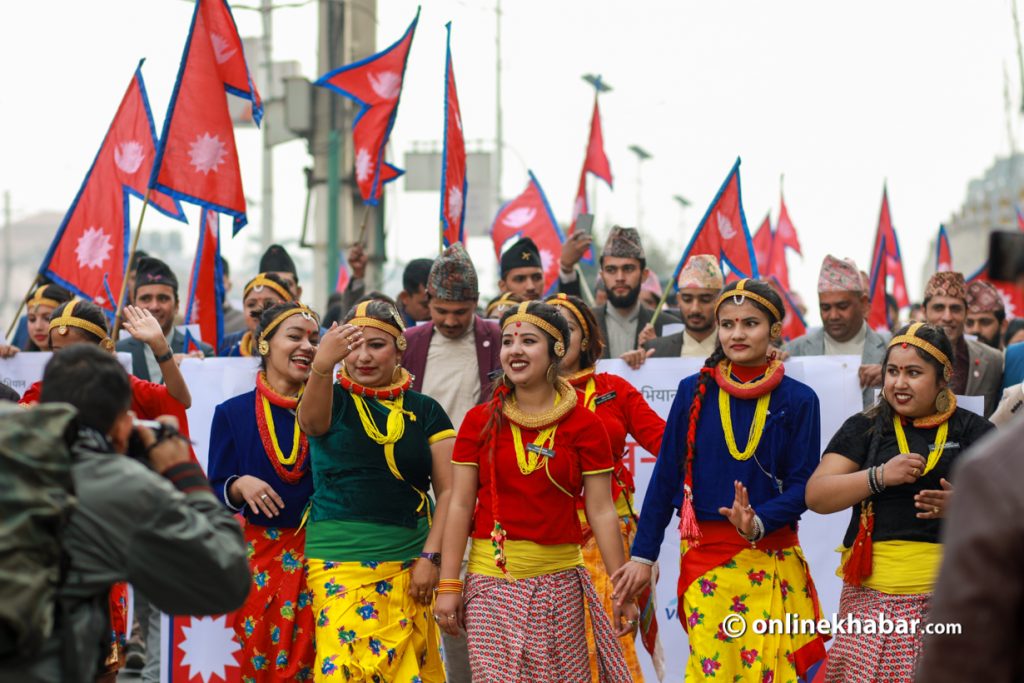
Lately, particularly in the last few years, we are starting to see a major shift in how we think about what we wear. With the increasing digital age, the acceptance of diverse audiences, and the conversations around mental health and authenticity have made significant contributions to how we think about clothing. We have started to see more and more individuals accept that what you wear should be an expression of who you are, not mandated by society. Comfort is increasingly becoming the primary deciding factor in what people wear in their casual activity, as well as their professional activity.
Tech companies like Google, Apple, and Facebook have helped normalise hoodies, t-shirts, and sneakers to work and also show that productivity and creativity are not linked to ties and heels. In particular, the increase of remote work during the COVID-19 pandemic was a big catalyst for change. Folks were working in pyjamas, casual everyday clothes, and sometimes even robes, all without performance decline. A lot of people quickly started to figure out that looking “professional” does not mean you are professional. Clothing has become more fluid. Formal pants were replaced with jeans. Sneakers are present in boardrooms. Sarees are worn with jackets. Hoodies with traditional wear. Gendered fashion has also become more relevant, erasing the lines of dress codes.
What about Nepal?
Although we all agree that Nepal has changed and adapted to our culturally rich heritage and values at its own speed, changes have come. There was a time when we strictly adhered to dress codes in Nepal, especially in educational institutions, government offices, and places of worship. In fact, in most public schools, girls wore skirts and boys wore pants and shoes. Offices expected people to show up in daura suruwal, sarees, or at the very least, formal clothes. Over the last decade, however, things have changed. Many young Nepalis, living in urban areas such as Kathmandu, Pokhara, and Butwal, are more openly expressing themselves in their clothing. Influenced by globalisation, social media, and celebrities who challenge convention, many young people are moving away from traditional dress codes. Universities are now filled with students wearing joggers, jeans, crop tops, and hoodies, clothing that was once considered “too Western” or “disrespectful.” Even educational institutions with strict expectations regarding student attire are witnessing a growing resistance to those norms.
Even in the employment sector, there is generally greater flexibility with dress codes, especially in private and creative workplaces. Startups, NGOs, IT companies, and advertising and marketing agencies often adopt casual or semi-casual dress standards. While most government offices still maintain a formal dress culture, subtle changes are emerging, particularly among younger employees.
Cultural sensitivity vs Self-expression
While the shift toward greater freedom in clothing does not mean that cultural and situational awareness no longer matter, it is still common, even in more progressive societies, for people to dress differently depending on the occasion, context, and the company they are in. In Nepal, certain occasions still call for traditional clothing or more modest styles. For example, wearing culturally appropriate clothing is often expected when it comes to religious rituals such as weddings, bartamanda and others.
Sociologist Ramesh Shrestha says, “What we are seeing is not the abandoning of tradition, it’s the transformation of it. People are learning to honour culture while still wearing what they are comfortable in.”
In many instances, young people today can combine elements of tradition with modern fashion. A girl might wear a saree and sneakers together, and a boy might wear a daura suruwal and a denim jacket together.
The psychological aspect
Clothing affects not only our social perception but also how we see ourselves. Psychologists have researched clothing and confidence. If someone has no choice but to wear something that doesn’t represent who they are, it creates discomfort, anxiety, and feelings of reduced self-worth.
Conversely, when someone wears clothing that makes them feel good, regardless of whether it be a kurta or jeans, or a hoodie, they feel a sense of relaxation and empowerment. In today’s contemporary context in a traditional society like Nepal, where there is still societal judgment, wearing what is personally valued and not socially valued is a bold move.
Young people are defining freedom, independence, and confidence through personal clothing choices.
The double standard and gender dimension
Dress codes usually affect women more than men. Women in Nepal and around the world are often told to “dress decently,” to “cover up,” and to “be more feminine.”
The assumptions and expectations about how women should dress are, quite simply, not based on logic or necessity but on patriarchal norms. Thus, the debate around dress codes must also be a feminist one. It is clear that women are beginning to challenge the criteria that judge their worth or character, asking questions like, “Why am I judged by the length of my skirt or the fit of my top?” Social media movements like #MyDressMyChoice and #RoknaSakdaina (It Can’t Be Stopped) in Nepal and beyond reflect this broader cultural shift.
Men have also begun to explore greater freedom in clothing, especially with the rise of gender-fluid fashion. Traditional definitions of masculinity are being challenged. In urban areas of Nepal, more boys are wearing earrings, sporting longer hair, and choosing colourful clothes, styles that might once have been dismissed as “not manly.”
Institutional resistance and generational gap
Even with these changes, resistance persists, especially among older generations or formal institutions. Schools are still issuing detentions for not wearing uniforms. Some workplaces still penalise employees for “inappropriate” dress.
In many rural contexts, there’s still a stigma if you’re dressing differently from “the norm.” It’s a reflection of the generational divide; older people often feel that wearing non-traditional clothing is disrespectful or rebellious in some way, while younger people often see it as a form of authenticity. This divide needs to be addressed through conversation.
Rather than enforcing these outdated rules, institutions should engage in updating dress policies to reflect changing values, while respecting complex issues about context and culture.
A need for balance
Does the dress code still matter? Of course, but its role and significance have evolved.
Wearing formal attire to court, traditional dress to weddings, and modest clothing to temples demonstrates respect for both people and context. Outside of these settings, however, strict adherence to dress codes often does more harm than good.
Dress codes can limit self-expression, reinforce outdated assumptions, and breed unnecessary resentment. The world, including Nepal, is gradually moving toward a more inclusive, understanding, and expressive culture. Increasingly, clothing is being recognised not just as a social signal but primarily as an expression of the self. More people are feeling comfortable simply being themselves, and that’s something to celebrate.
As a society, the challenge is not to abandon dress codes entirely, but to evolve our understanding of them. It’s still possible to be respectful and authentic. It’s still possible to be formal while also challenging outdated boundaries. And in an ever-changing world, what truly matters is honouring self-expression, respecting others’ dignity, and being present in the moment.





